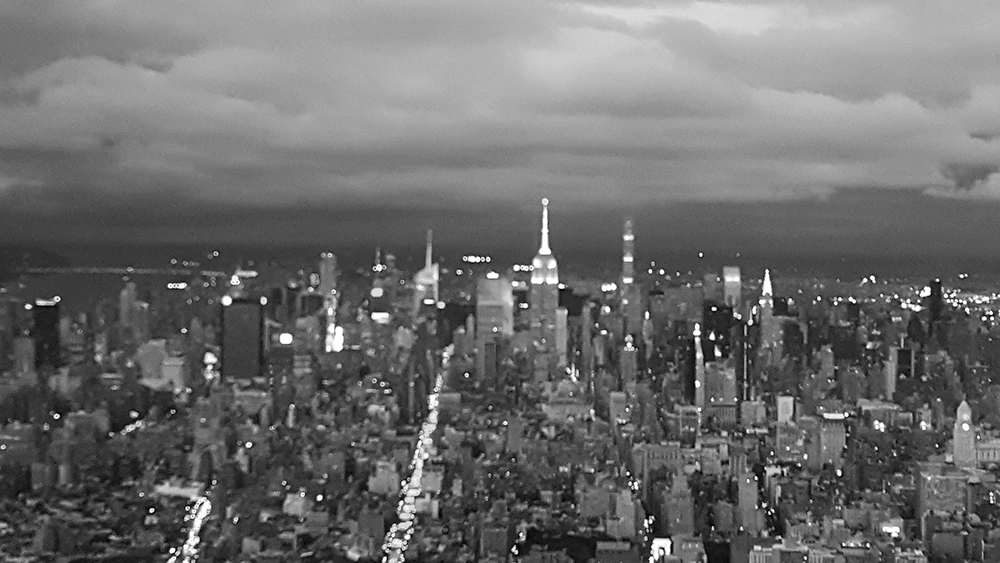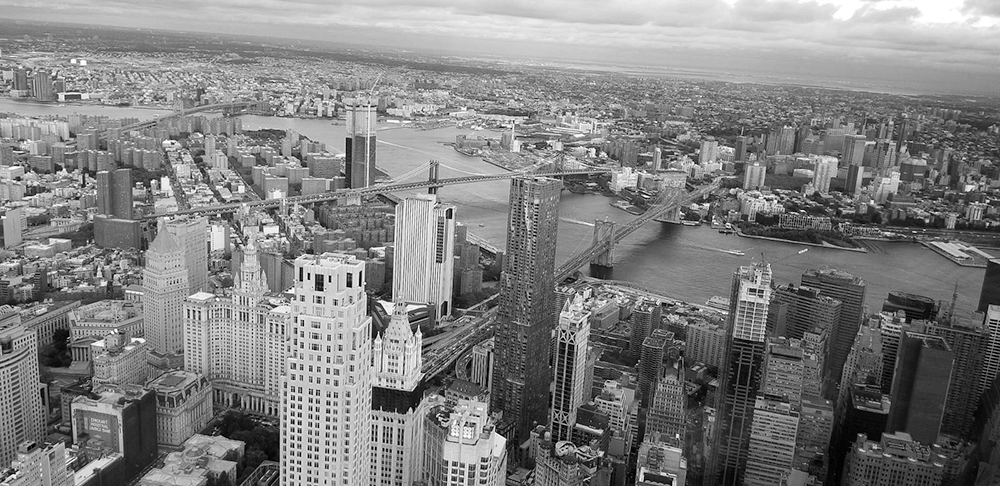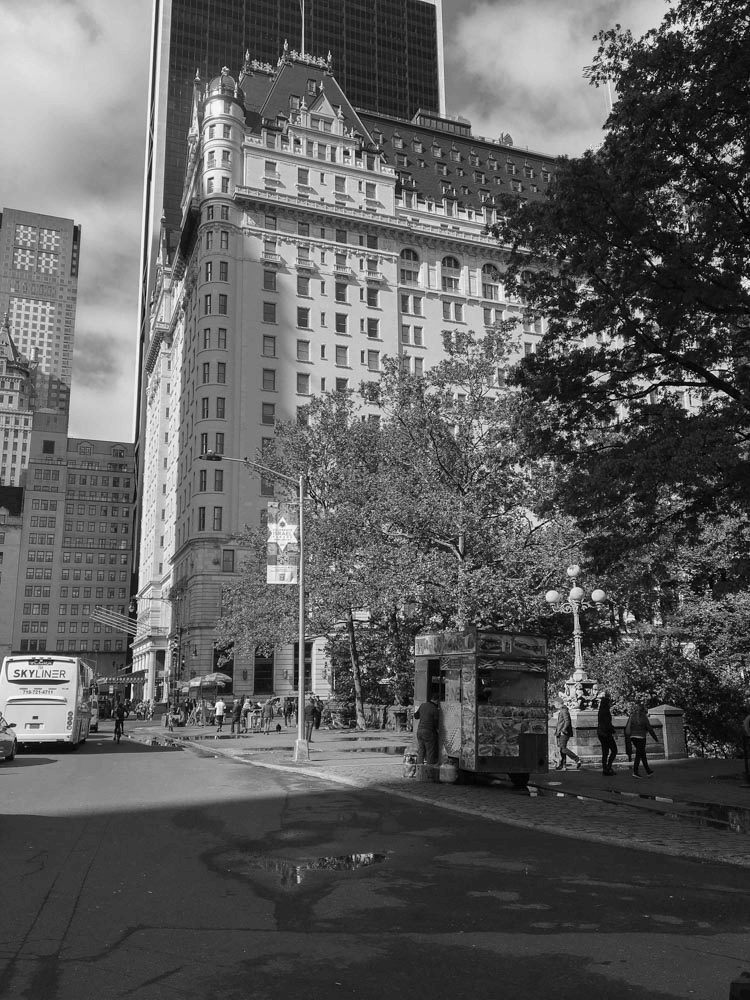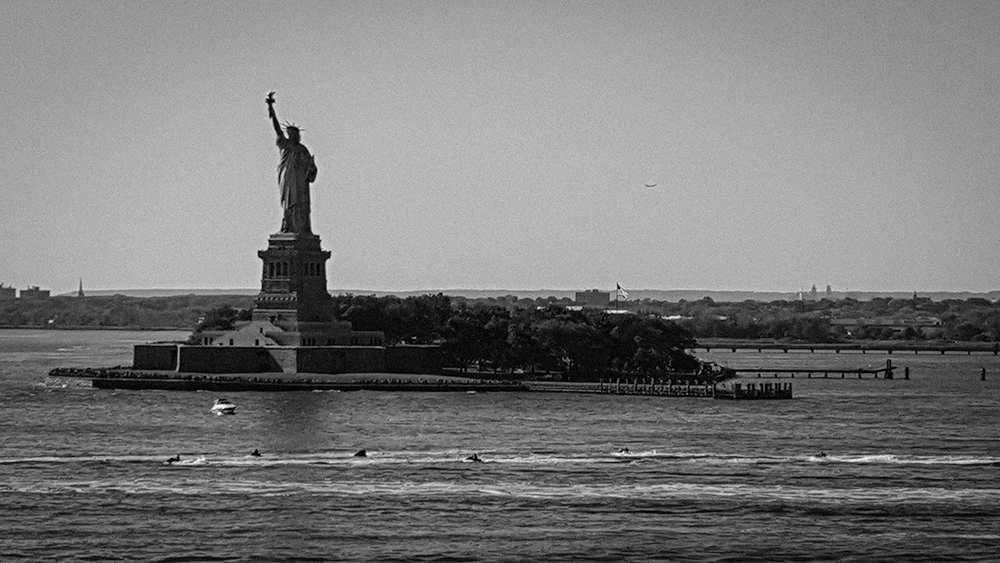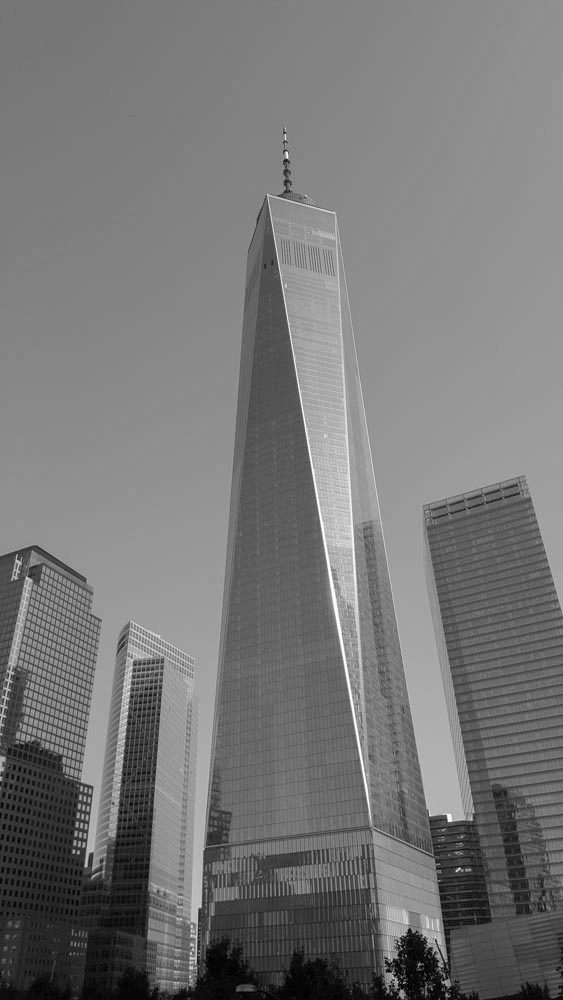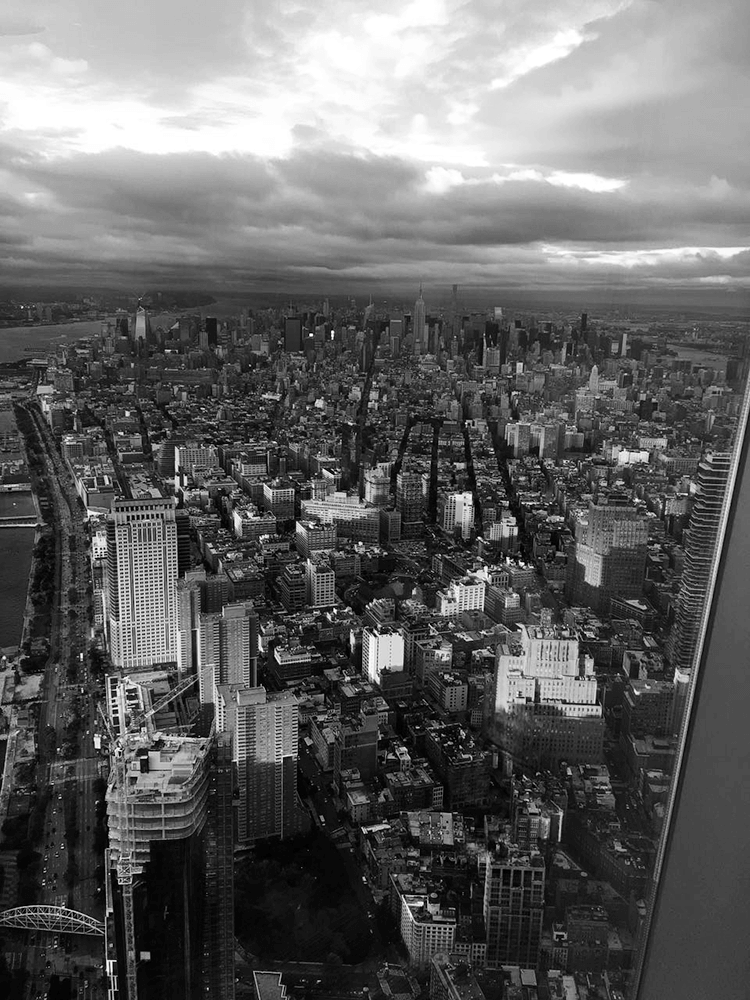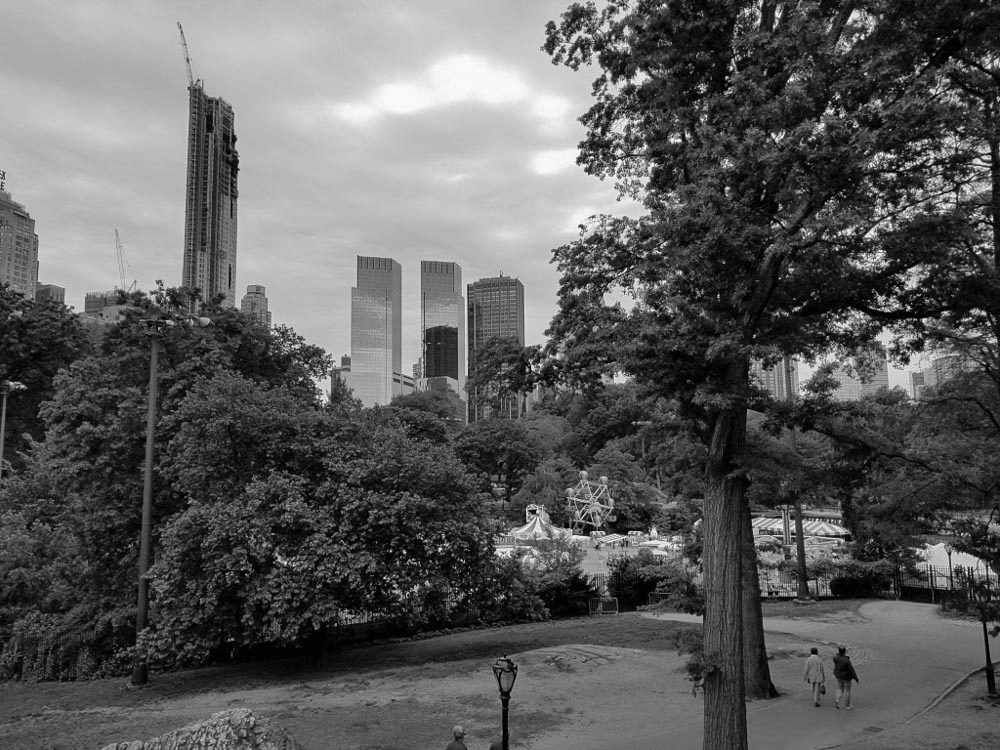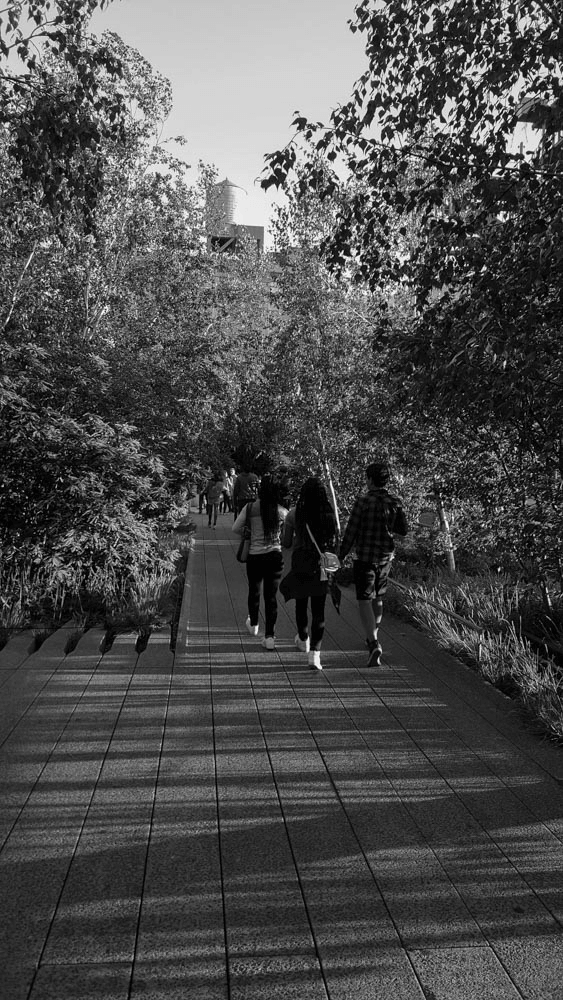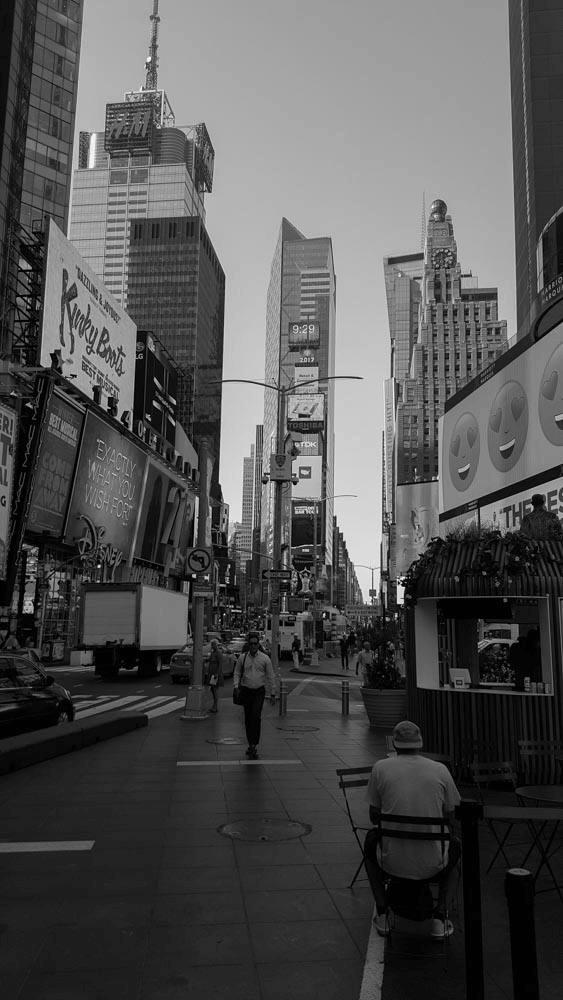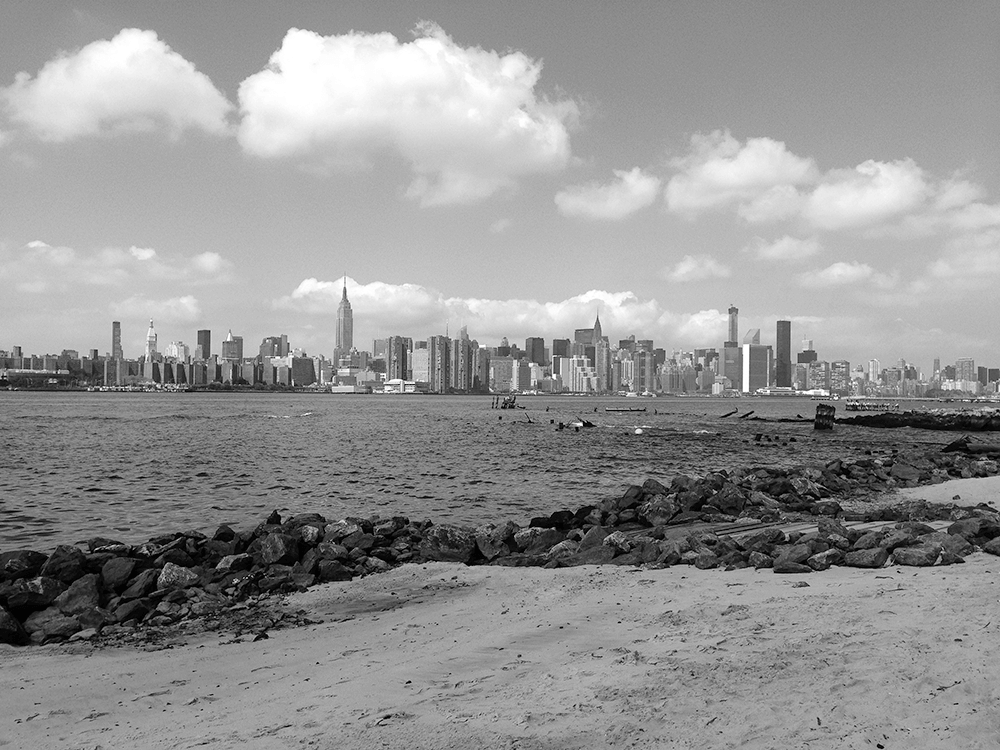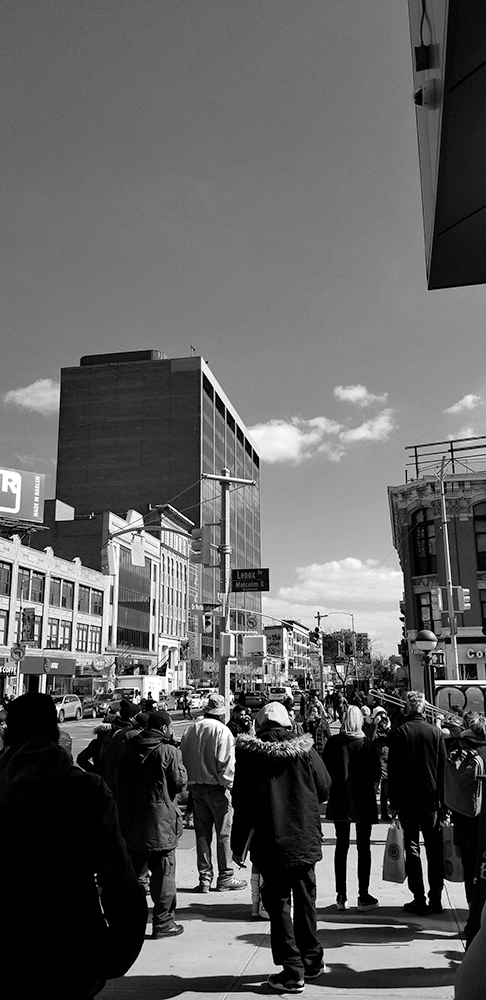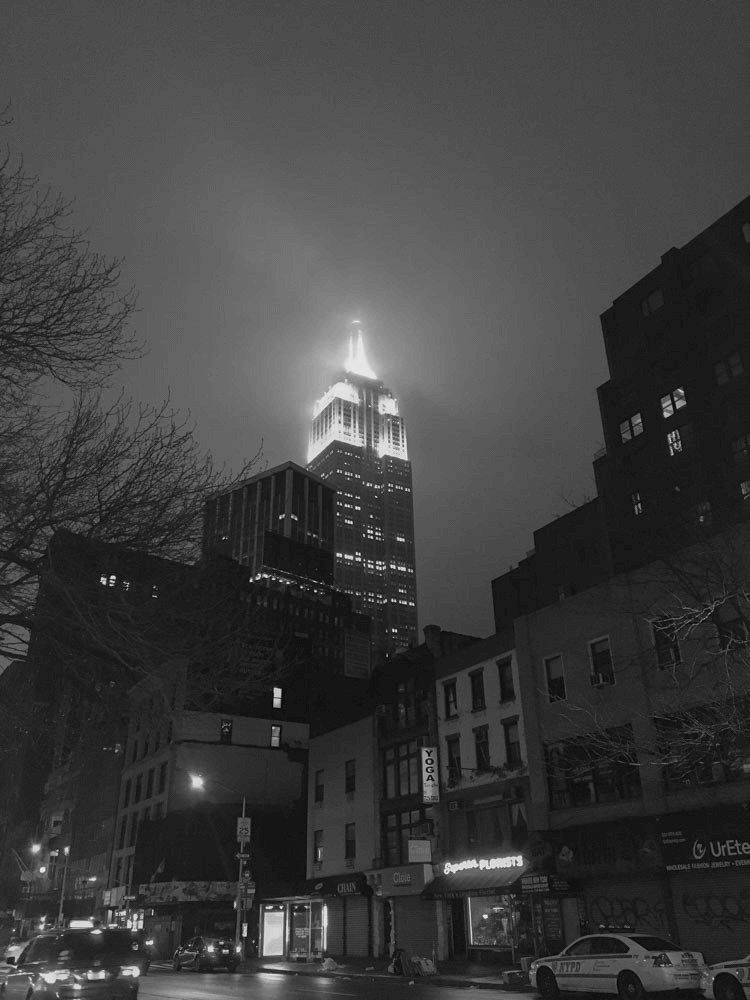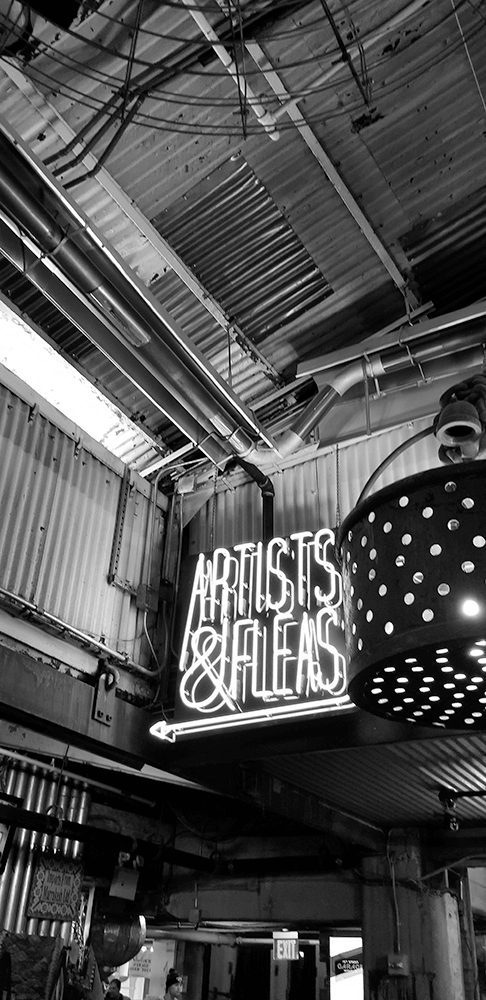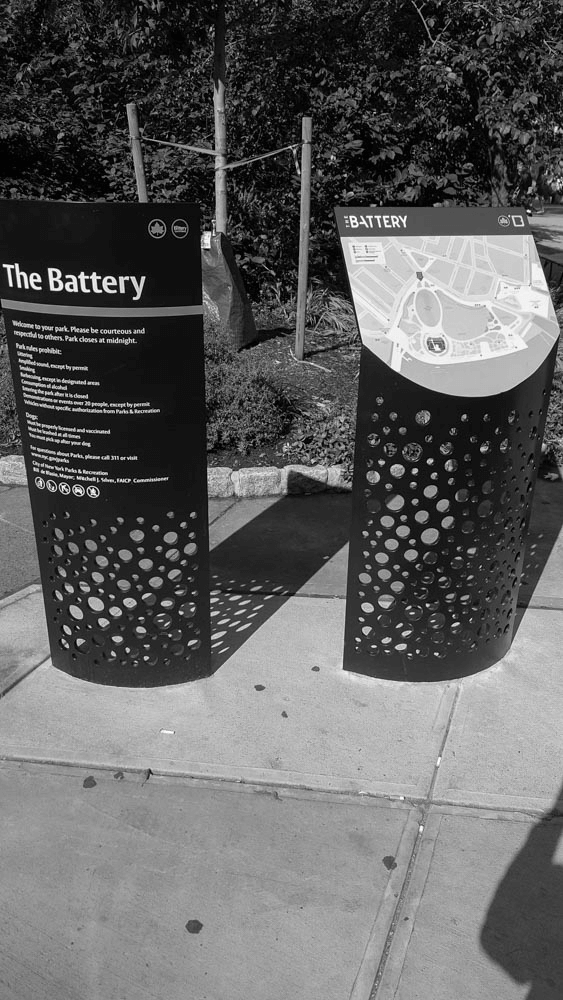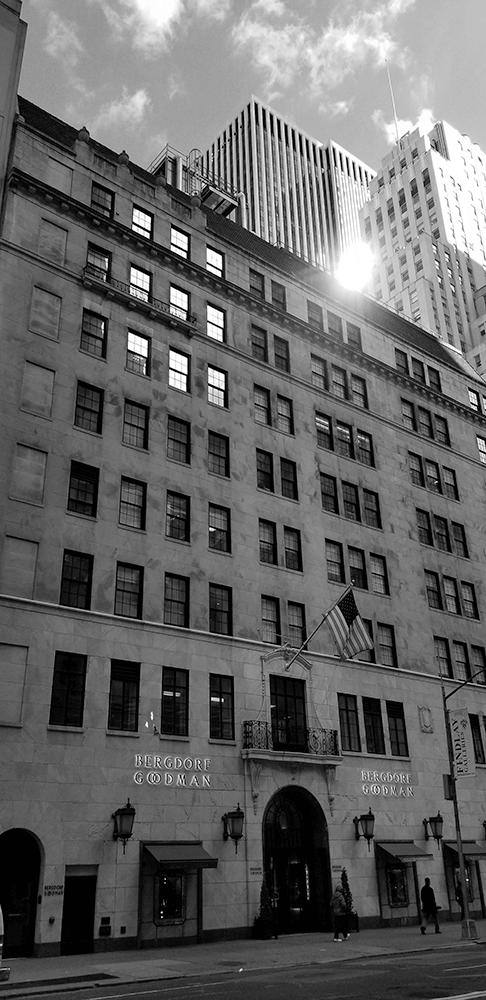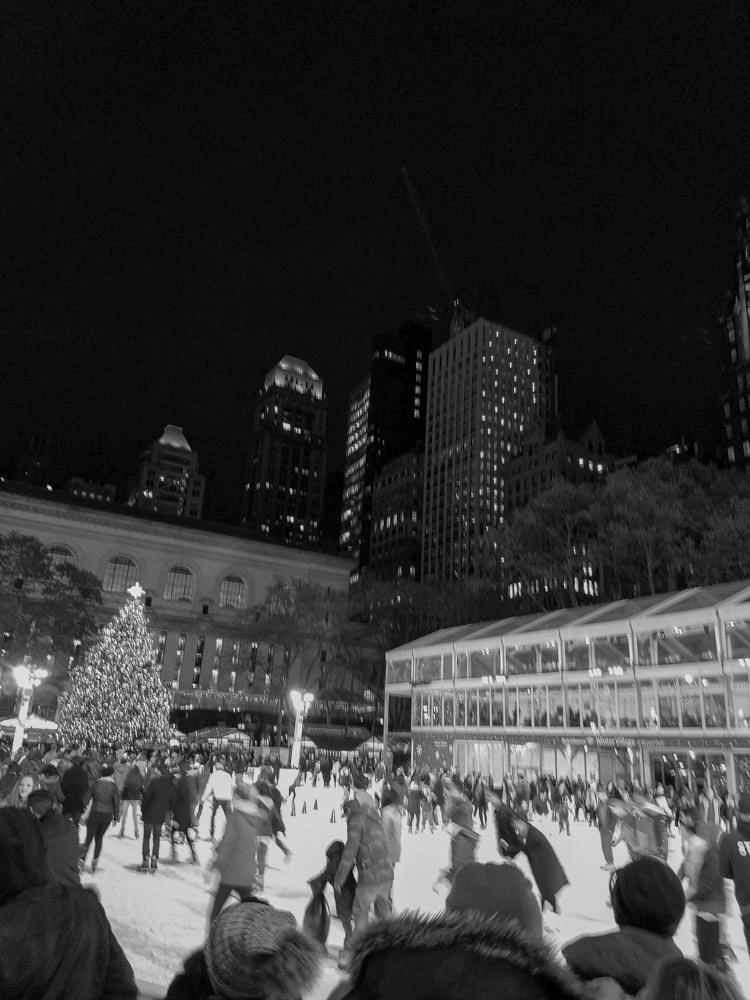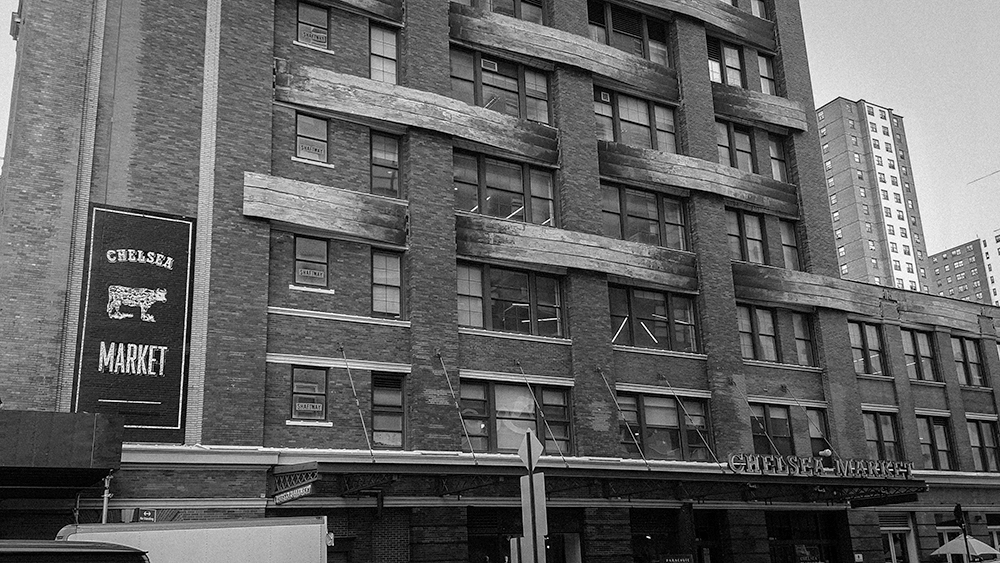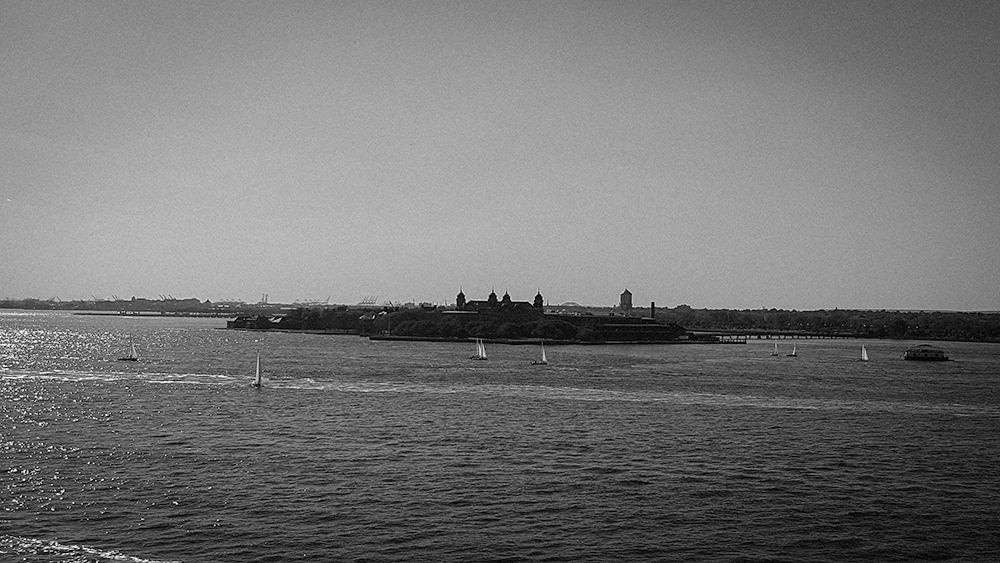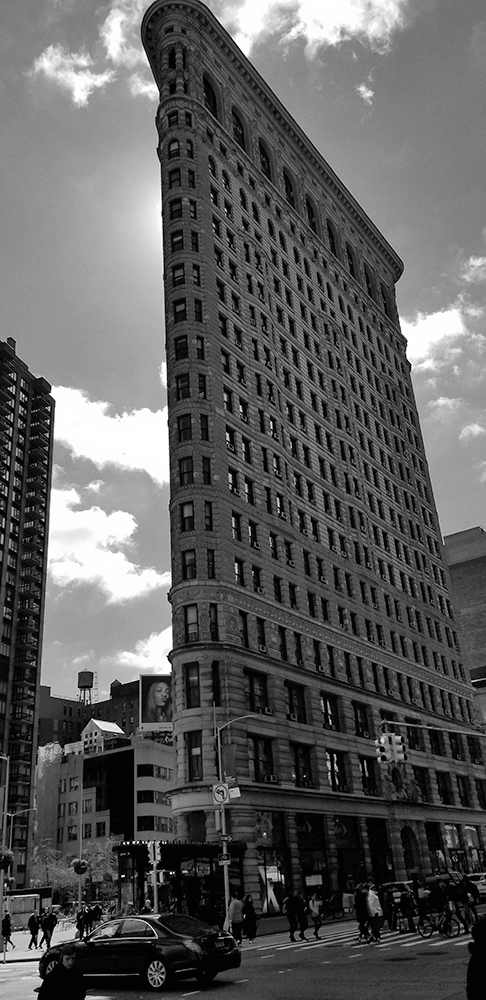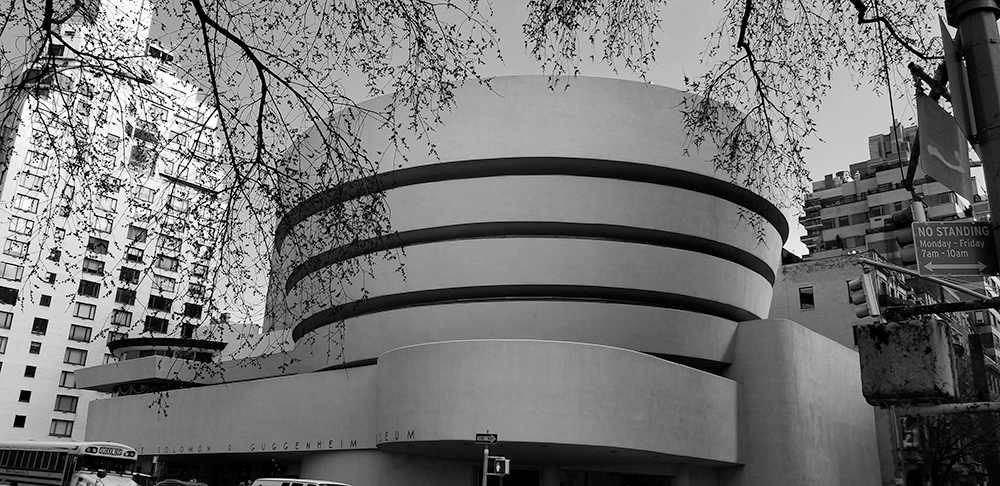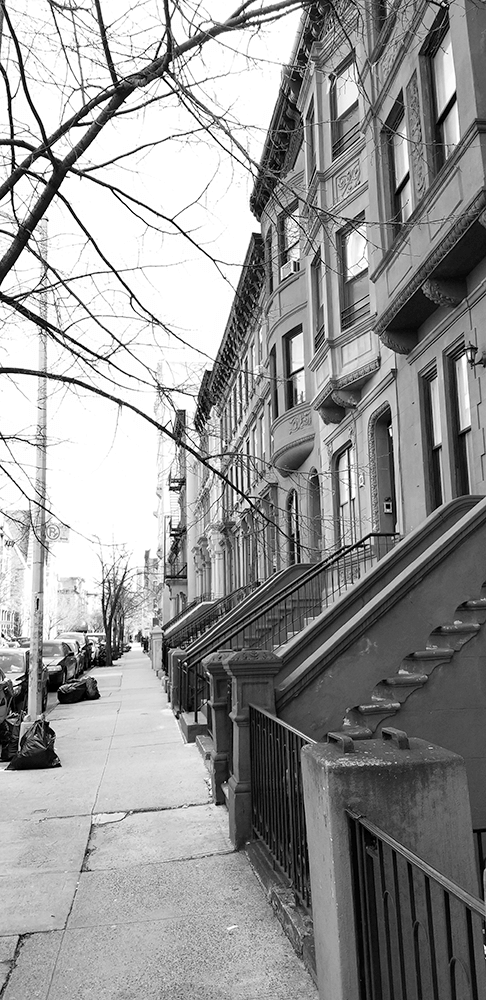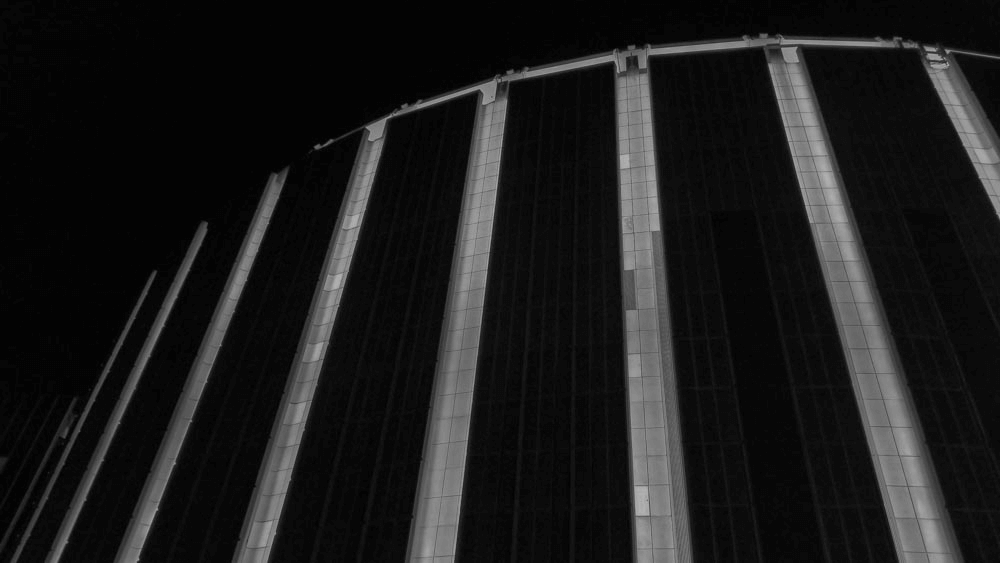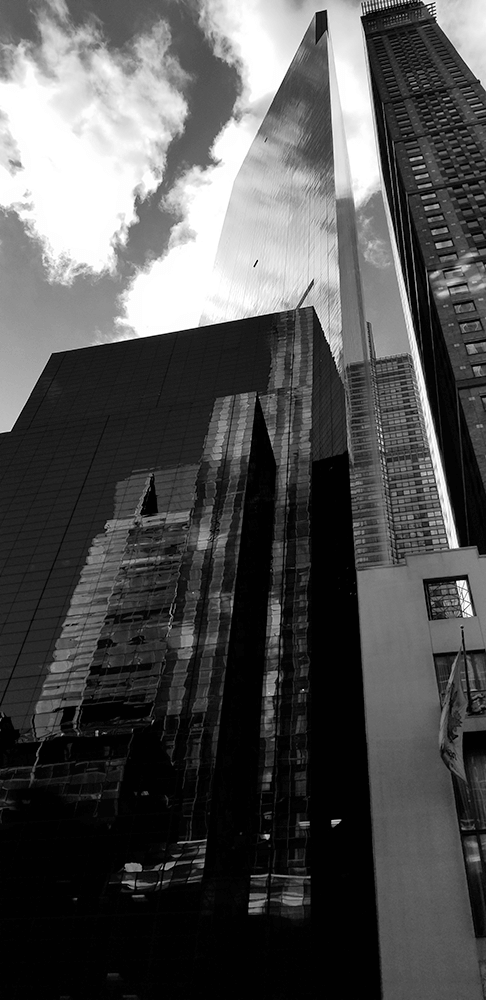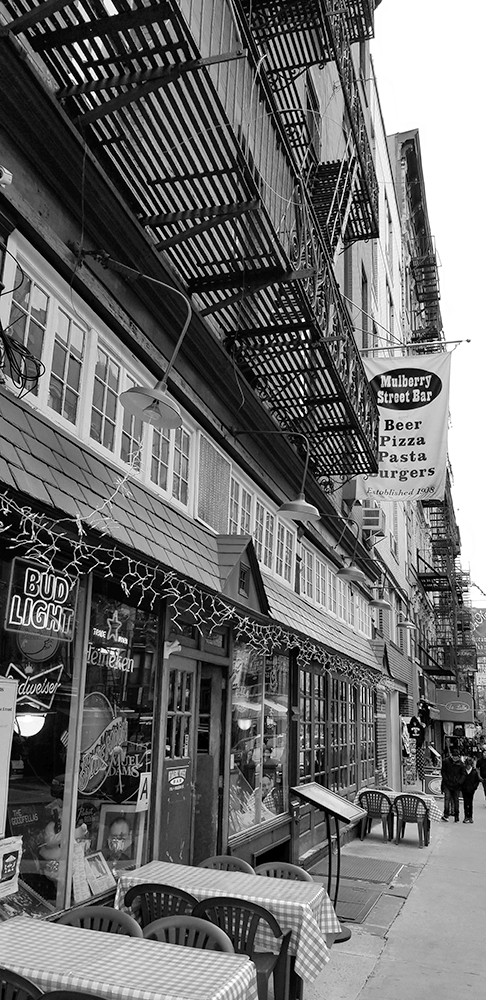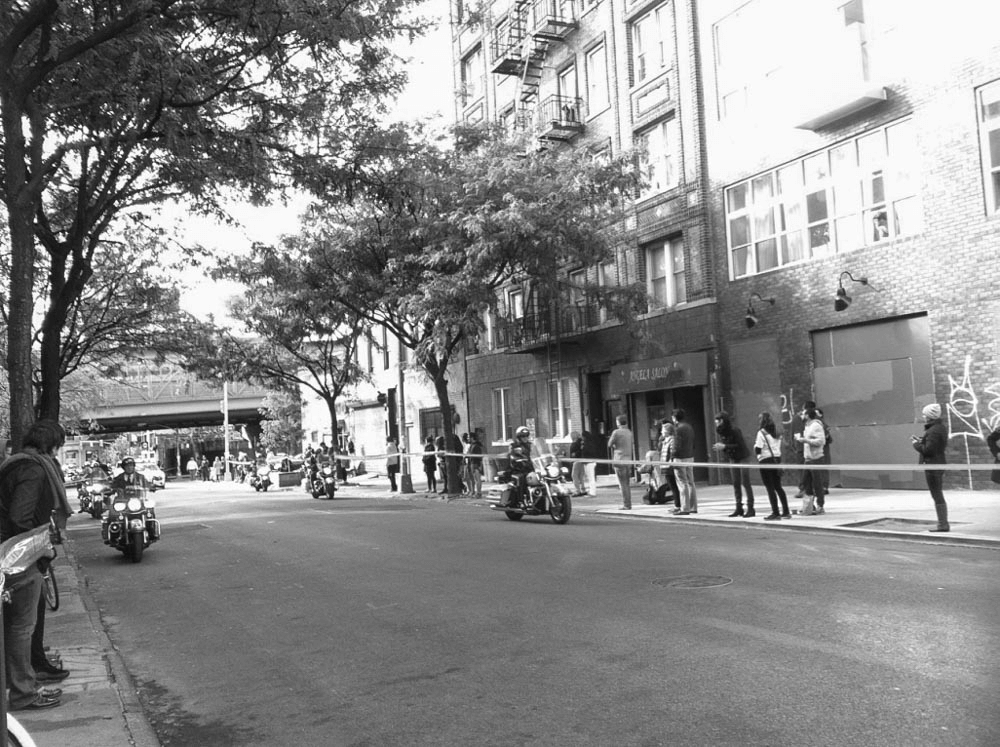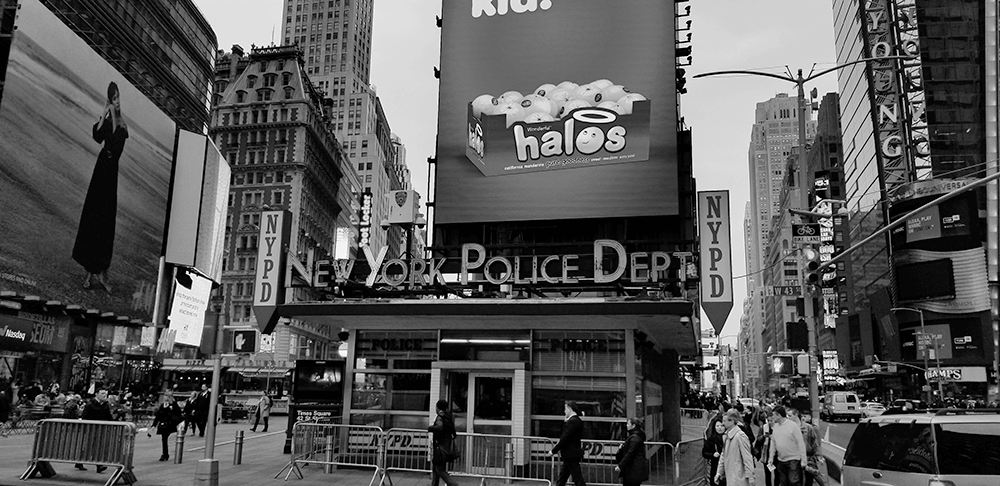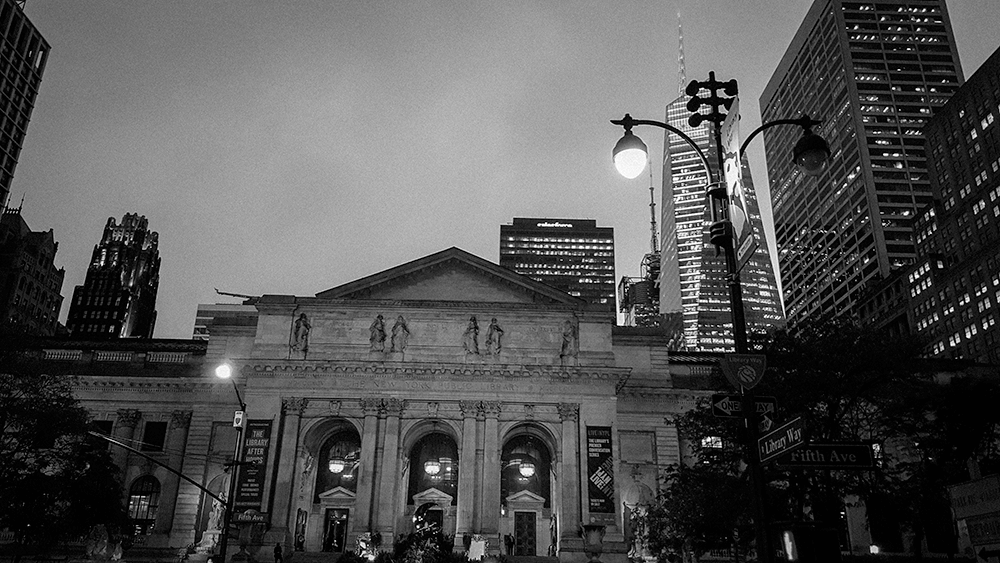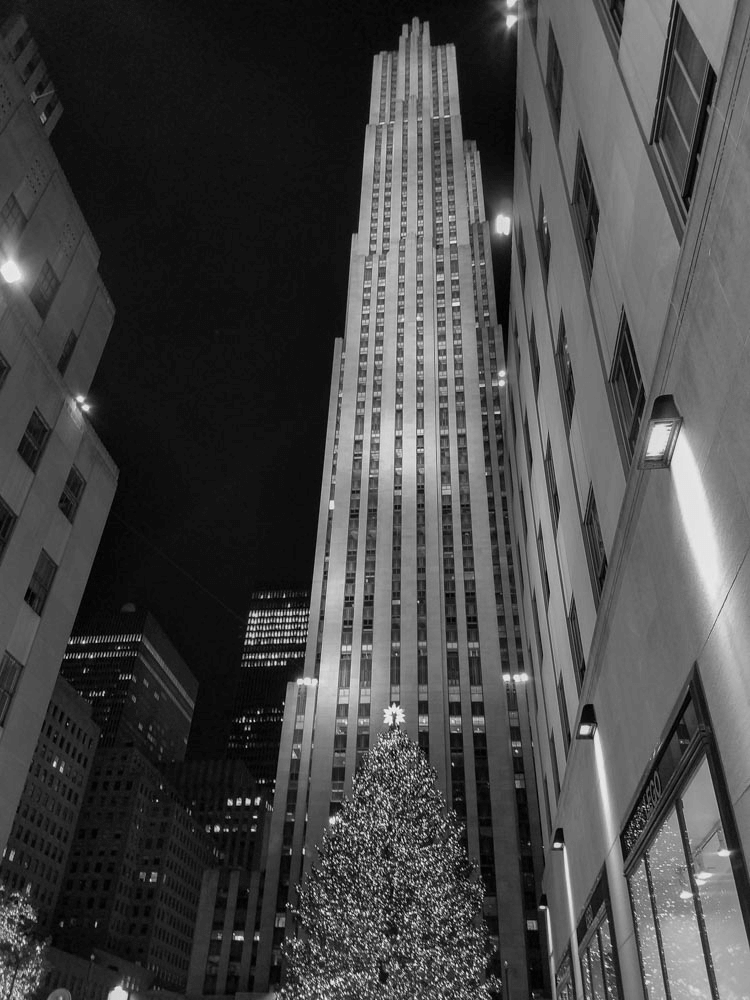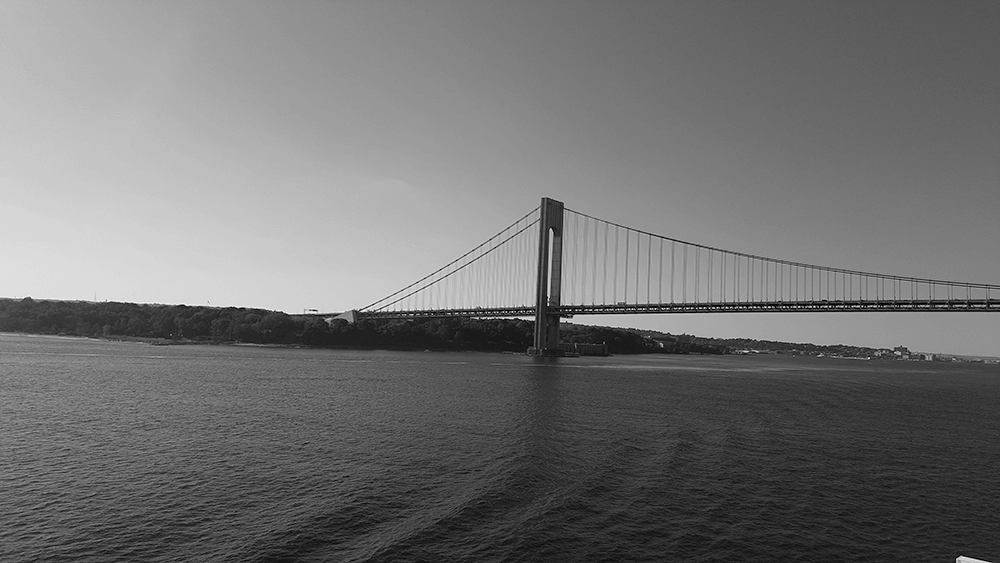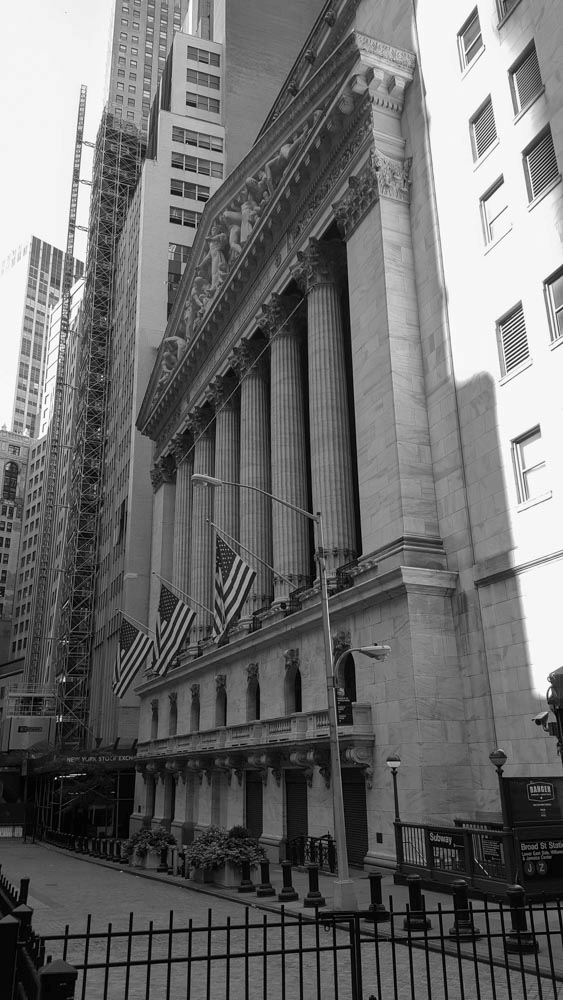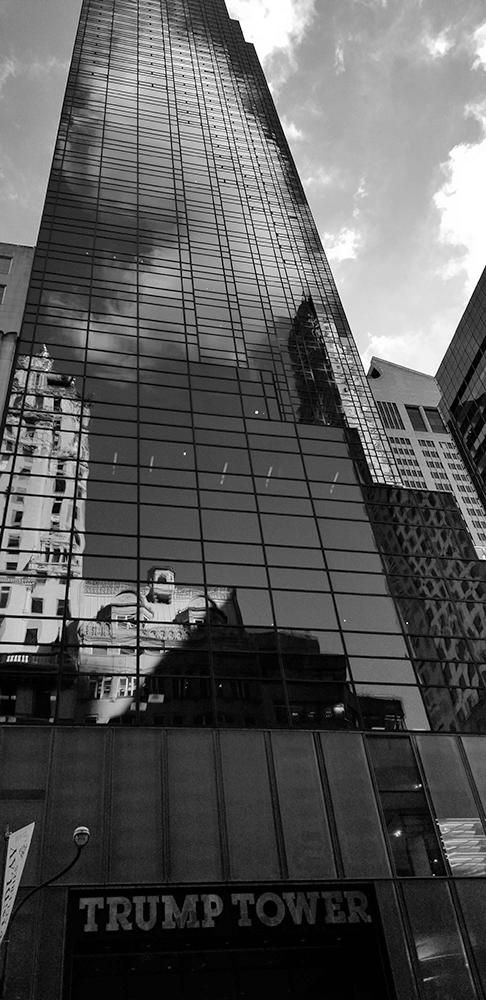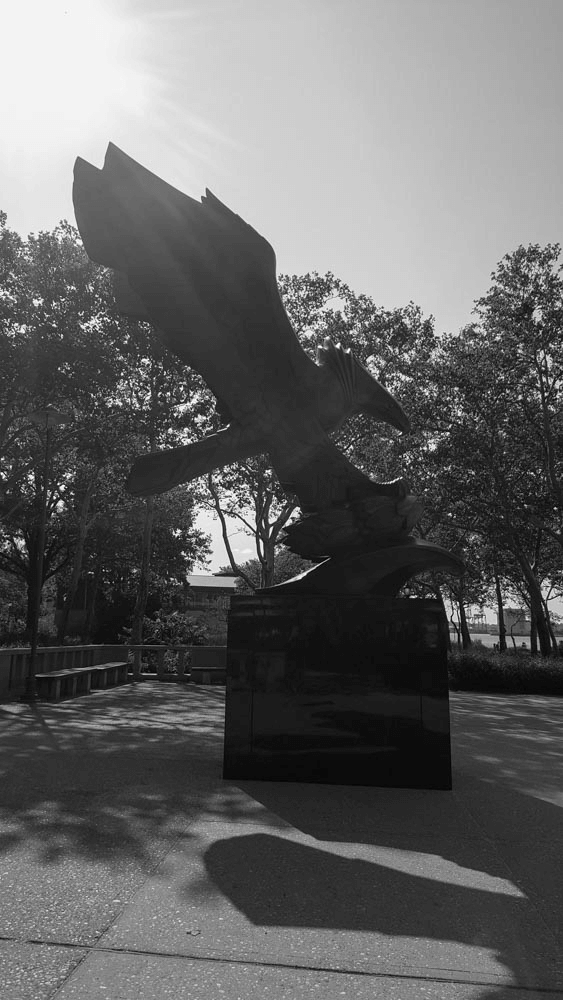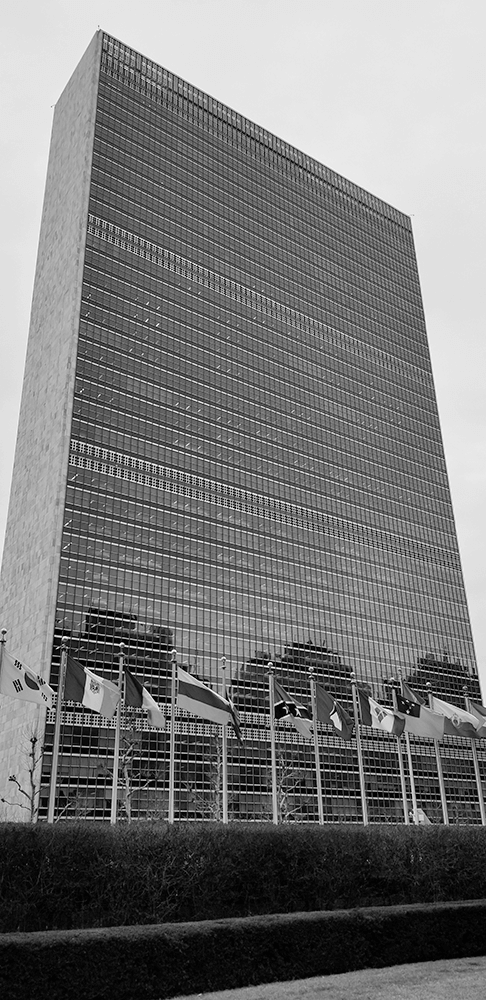Park
Roosevelt Island
Franklin Delano Roosevelt Four Freedoms Park
Franklin Delano Roosevelt Four Freedoms Park: Ein Denkmal für Freiheit und Menschenrechte Der Franklin Delano Roosevelt Four Freedoms Park ist ein beeindruckender und symbolträchtiger Park, der sich auf Roosevelt Island in New York City befindet. Er wurde zu Ehren des 32. Präsidenten der Vereinigten Staaten, Franklin D. Roosevelt, errichtet und erinnert an seine berühmte „Vier Freiheiten“-Rede von 1941. Diese Rede legte die Grundlagen für die moderne Menschenrechtsbewegung und betonte die universellen Rechte, die jedem Menschen zustehen sollten. Lage und Zugang Standort: Der Park liegt am südlichen Ende von Roosevelt Island und bietet einen atemberaubenden Blick auf die Skyline von Manhattan, die East River und die Queensboro Bridge. Die Lage ist sowohl für Einheimische als auch für Touristen leicht zugänglich. Anreise: Besucher können den Park bequem mit der U-Bahn, dem Roosevelt Island Tramway oder der Fähre erreichen. Der Zugang ist einfach, und der Park ist ein beliebter Ort für Spaziergänge und Erholung. Gestaltung und Architektur Architektonisches Konzept: Der Park wurde von dem renommierten Architekten Louis Kahn entworfen und eröffnet, um die Vision und Philosophie Roosevelts zu ehren. Die Gestaltung kombiniert moderne Architektur mit natürlichen Elementen und schafft eine harmonische Umgebung. Zentrale Elemente: Im Herzen des Parks steht ein eindruckliches Monument, das eine große Steinplatte mit der Inschrift der vier Freiheiten (Freiheit der Rede, Freiheit der Religionsausübung, Freiheit von Not und Freiheit von Furcht) umfasst. Diese Inschriften sind sowohl eine Hommage an Roosevelts Ideale als auch eine Aufforderung zur Reflexion über die Bedeutung dieser Freiheiten. Natur und Landschaft Grünflächen: Der Park bietet großzügige Rasenflächen, schattenspendende Bäume und gepflegte Gärten, die eine ruhige Oase inmitten der städtischen Hektik schaffen. Die Landschaftsgestaltung fördert die Verbindung zur Natur und lädt Besucher ein, sich zu entspannen und die Umgebung zu genießen. Wasser-Elemente: Wasser spielt eine zentrale Rolle im Design des Parks. Es gibt Wasserbecken und Brunnen, die nicht nur ästhetisch ansprechend sind, sondern auch zur beruhigenden Atmosphäre des Ortes beitragen. Veranstaltungen und Nutzung Öffentliche Veranstaltungen: Der Park ist ein beliebter Ort für verschiedene Veranstaltungen, darunter Konzerte, Kunstinstallationen und Bildungsprogramme. Diese Aktivitäten fördern das Gemeinschaftsgefühl und die Auseinandersetzung mit den Themen Freiheit und Menschenrechte. Erholungsraum: Neben den Veranstaltungen dient der Park auch als Freizeitort für Spaziergänge, Picknicks und Meditation. Die ruhige Umgebung bietet eine willkommene Abwechslung vom hektischen Stadtleben. Der Franklin Delano Roosevelt Four Freedoms Park ist mehr als nur ein Park; er ist ein Ort der Reflexion und des Gedenkens an die Werte, die Franklin D. Roosevelt vertrat. Mit seiner beeindruckenden Architektur, der wunderschönen Landschaft und der zentralen Botschaft der Freiheit ist er ein bedeutender Teil der kulturellen und historischen Landschaft von New York City. Besucher werden ermutigt, die „Vier Freiheiten“ zu überdenken und sich mit den universellen Rechten auseinanderzusetzen, die für alle Menschen gelten sollten. Der Park ist ein Muss für jeden, der die tiefere Bedeutung von Freiheit und Menschenrechten schätzen möchte.
1 2 NYCGO 3 4
